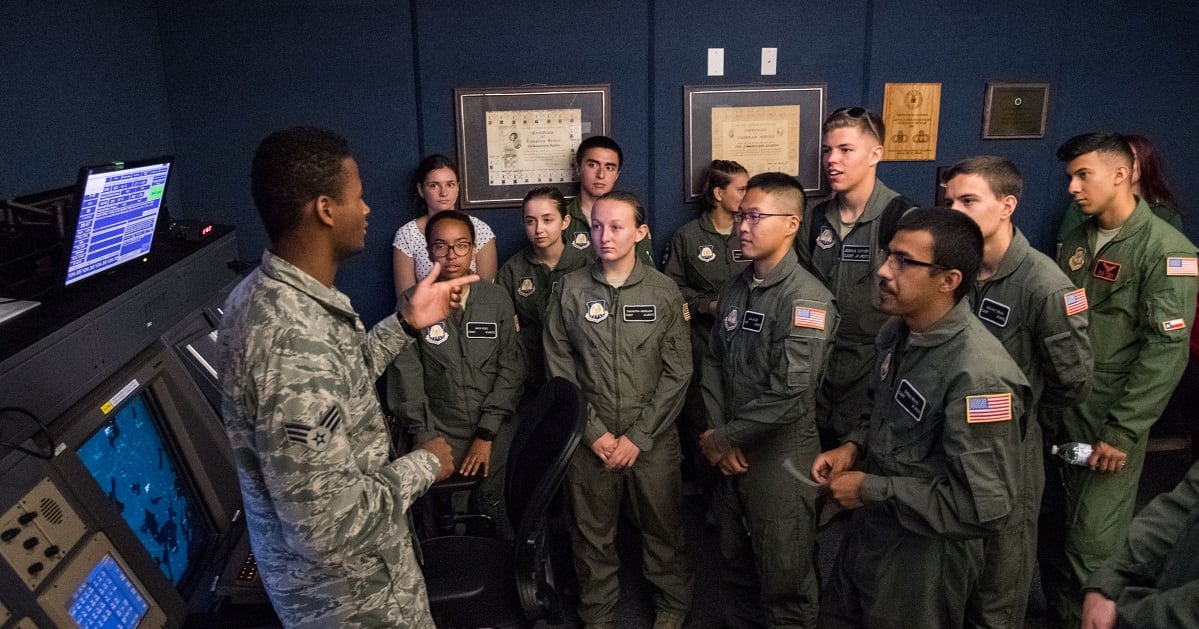The Air Force has reversed its decision to drop nearly half its second-year ROTC cadets, reinstating hundreds of students in the program.
Higher-than-normal officer retention rates during COVID-19 and 2019 end strength projections in excess of current authorizations led to the initial decision to select only 56 percent of cadets to attend field training, officials told Air Force Times.
Nearly 1,000 cadets, approximately 250 of whom were on scholarship, were not selected, according to Air Force spokesperson Ann Stefanek.
After members of Congress, families and retired officers lobbied for the Air Force to review its decision, the service reevaluated its numbers and reinstated more than 400 cadets, including approximately 130 on scholarship, the Washington Post first reported.
“We cut too deep,” Stefanek told AirForce Times. “We recognized that the planned reductions to meet end strength requirements were going to cause unanticipated hardships for many well-qualified cadets.”
Typically, Air Force ROTC selects nearly 75 percent of its second-year cadets to continue in the program after their second year, Stefanek said. Cadets compete through two years of the General Military Course before attending summer field training and being selected for two more years of the Professional Officer Course.
According to Stefanek, the reversal will place selection rates at 73 percent.
RELATED

In addition to the second-year cadets attending field training this summer, nearly 1,000 cadets whose field training was deferred last summer due to the COVID-19 pandemic, will attend field training.
The nearly 600 cadets not selected to continue in the program will be released from the Air Force without any service obligation or responsibility to pay back scholarships.
“We understand how important serving our country is for the young men and women who join Air Force ROTC, and also realize that the past weeks may have been very difficult for those not selected to continue in the program,” said Brig. Gen. Leslie Maher, commander of the Holm Center for Officer Accessions and Citizen Development at Maxwell Air Force Base, Alabama. “We will continue to support our cadets nationwide as we manage future-year requirements in a very challenging environment.”
“Until now, I had very full trust in the Air Force,” Kaili Glasser, a mechanical engineering student at MIT, told the Washington Post. “It wasn’t until this past month that I realized that’s not always how it’s going to be.”
Glasser, who told the Post she has excellent grades and rows for the crew team, was later reinstated with her scholarship intact.
The process to choose which cadets would be reinstated used the original order of merit list compiled to select the most qualified cadets, Stefanek said. The list ranks cadets nationally based on detachment commander evaluations (60 percent), grade-point average (25 percent) and physical fitness (15 percent).
“This should have never happened,” a reinstated cadet told the Washington Post. “The only thing that got them to reverse their decision was attention from outside.”
Harm Venhuizen is an editorial intern at Military Times. He is studying political science and philosophy at Calvin University, where he's also in the Army ROTC program.





